The sense of clean atmosphere and well-being is important for the hotel visitors and crucial for their decision to repeat their visit. For this reason, the hotel is called upon to create this feeling in every space and to turn a simple stay, into a unique experience.
7 mins readThe hotel design, helps significantly in this very important process, which will strictly emphasise the specification that aims at the atmosphere of absolute freshness and well-being. The structure of the design concept follows the axes of functionality and aesthetics to achieve its goal in each part of the design. It is important for the visitors to feel that their functional needs will be satisfied during their stay in a hotel along with the need for aesthetic harmony. In any case, all visitors must feel safe mainly in matters of hygiene and cleanliness.
Hotel spaces must be clean and tidy, in order to achieve freshness in the atmosphere, without looking like an illusion.
Analysing the elements that compose the overall customer experience, it is important to emphasise their connection to the six senses: hearing, taste, touch, sight, smell, and intuition. The environment gives us all these stimuli and we express them through the senses.
Design the hotel with the help of technology and create a sense of “freshness”
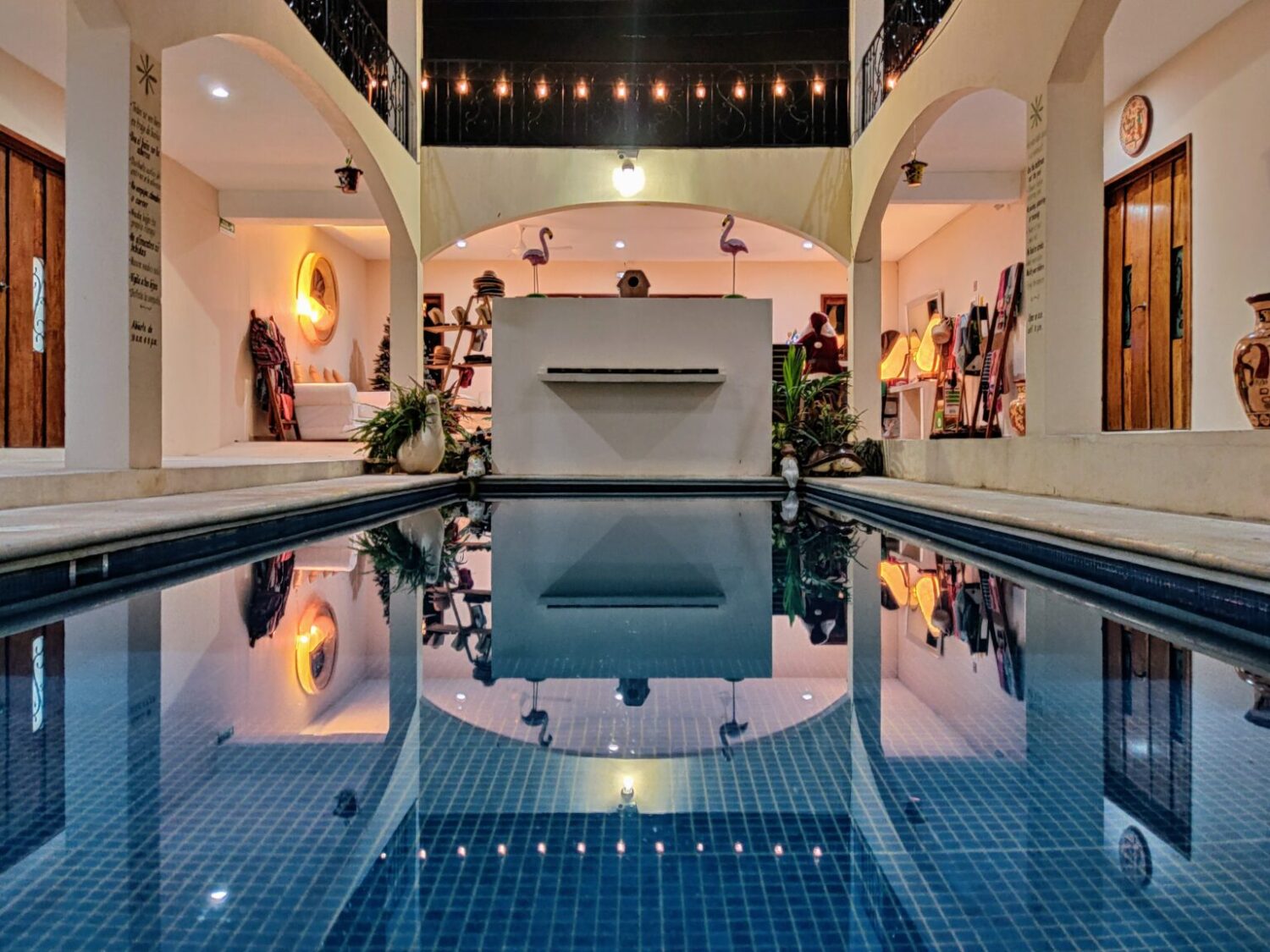
The concept of “freshness” is associated with vitality, youth, vigor, and coolness. By developing this concept into design, we can form the hotel spaces. Indoor and outdoor air shapes wellness conditions. When the temperature and humidity are at the desired levels, they contribute to the cleanliness of a space. More specifically, the proper regulation of the atmosphere of a room prevents the growth of undesired viruses, bacteria, and other microorganisms. That also helps to avoid unwelcome odors, the growth of mold, and the presence of dust particles, which can cause allergies and diseases.
To the air conditioning systems, which automatically regulate the desired temperature, the ionisation systems are added. Those systems can balance the quality of the atmosphere, eliminating all harmful organisms, contributing to the increase of the feeling of well-being and spiritual clarity. They also reduce allergens, viruses, bacteria, pollutants, dust, and mold in the atmosphere. As a result, they are a shield against all kinds of colds, flu, and even asthma. The clean atmosphere has a relaxing effect as it normalises the rhythm of respiration, reduces blood pressure, and helps fight free radicals in our body. The clean atmosphere also balances serotonin levels in the brain by improving a person’s positive mood. That can also help in reducing headaches and illnesses, boost the immune system, and increase mental concentration and performance.
Use natural air and light to ensure the ideal room temperatures
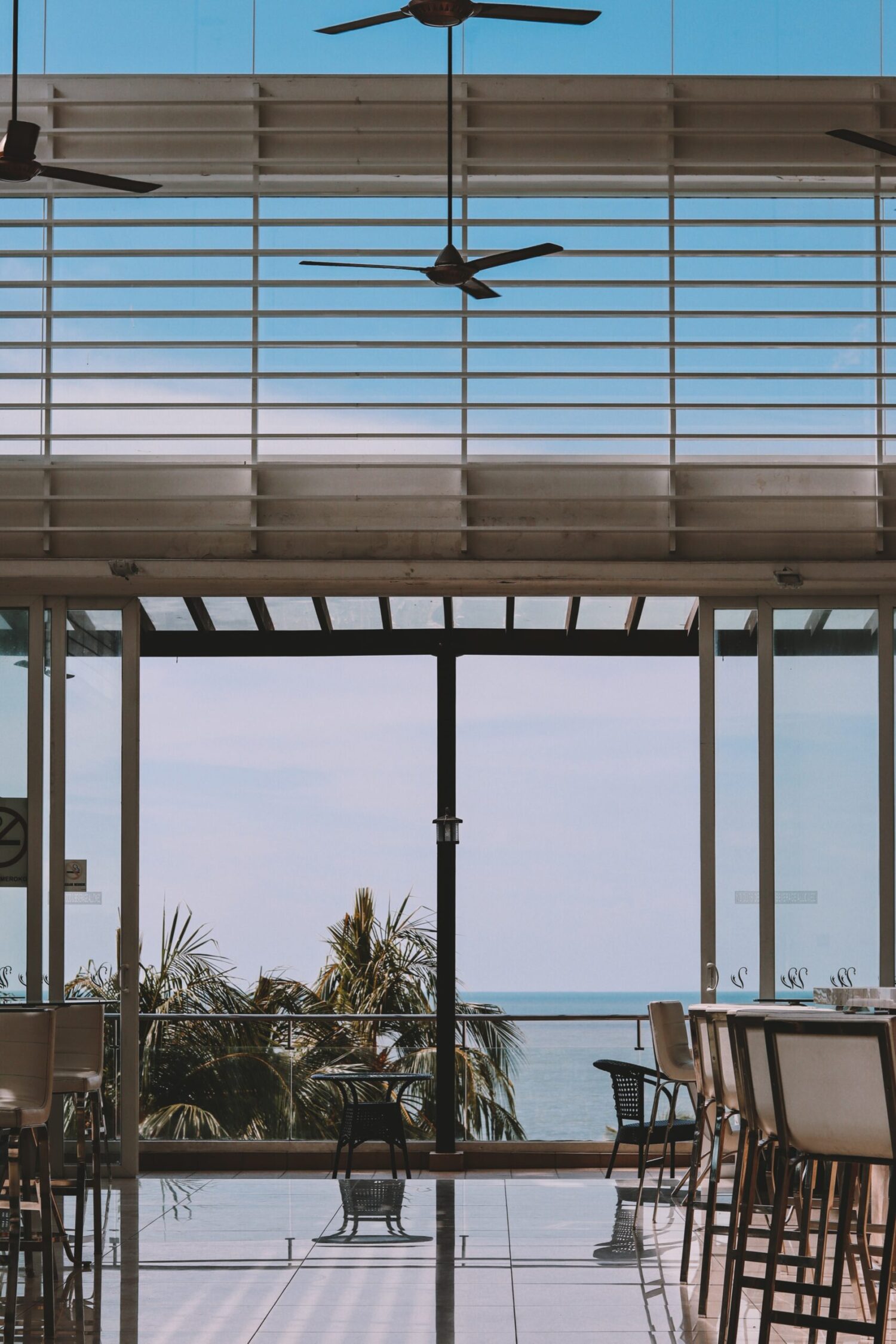
Nothing can replace natural ventilation and lighting. From the first steps of the design of a hotel, it is necessary to specify the “openings” of the space, that will allow its adequate lit and ventilation. The air must flow in space and refresh it. One of the principles of bioclimatic architecture is the design to allow the space to develop the ideal temperatures based on the orientation and proper management of the openings of a building. Ionization systems create exactly this condition of the environment, after a rain or the feeling we have by the sea.
Include the water element in the design to surprise your visitor
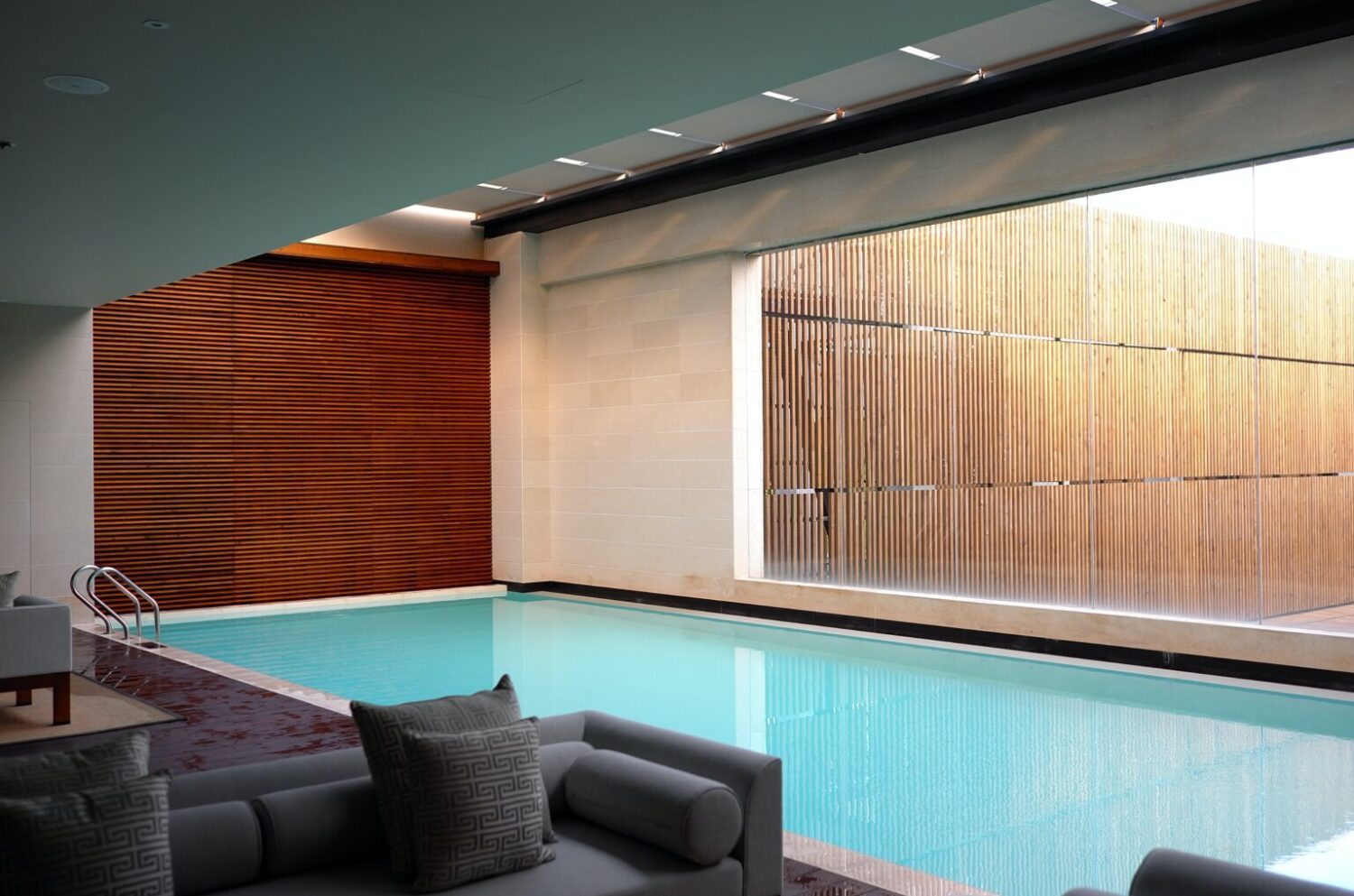
Water transforms the microclimate of the atmosphere and has a positive impact on our senses. Thus, as an element of the creative design, the integration of water upgrades the visitor’s experience on a conscious and subconscious level. The landscape design can surprise the hotel visitor with routes and stops; the natural environment can be alternated with artificial springs, ponds, artificial waterfalls, and elegant applications or even elements with water flow, in addition to the existence of a swimming pool. Even in the public interiors of the hotel, we can apply a modern design, that can include the element of water.
Imagine a construction with flowing water included in the “interior breakfast area”. Wouldn’t it promote your breakfast experience on another level? You would enjoy your breakfast by listening to the sound of the water; especially in city hotels, where nature is incorporated into space artificially. Regardless of the location of a hotel, either it is located in the mountains or on the seaside, the combination of elements in the space is a challenge.
Choose materials and colors that give “freshness” to your spaces
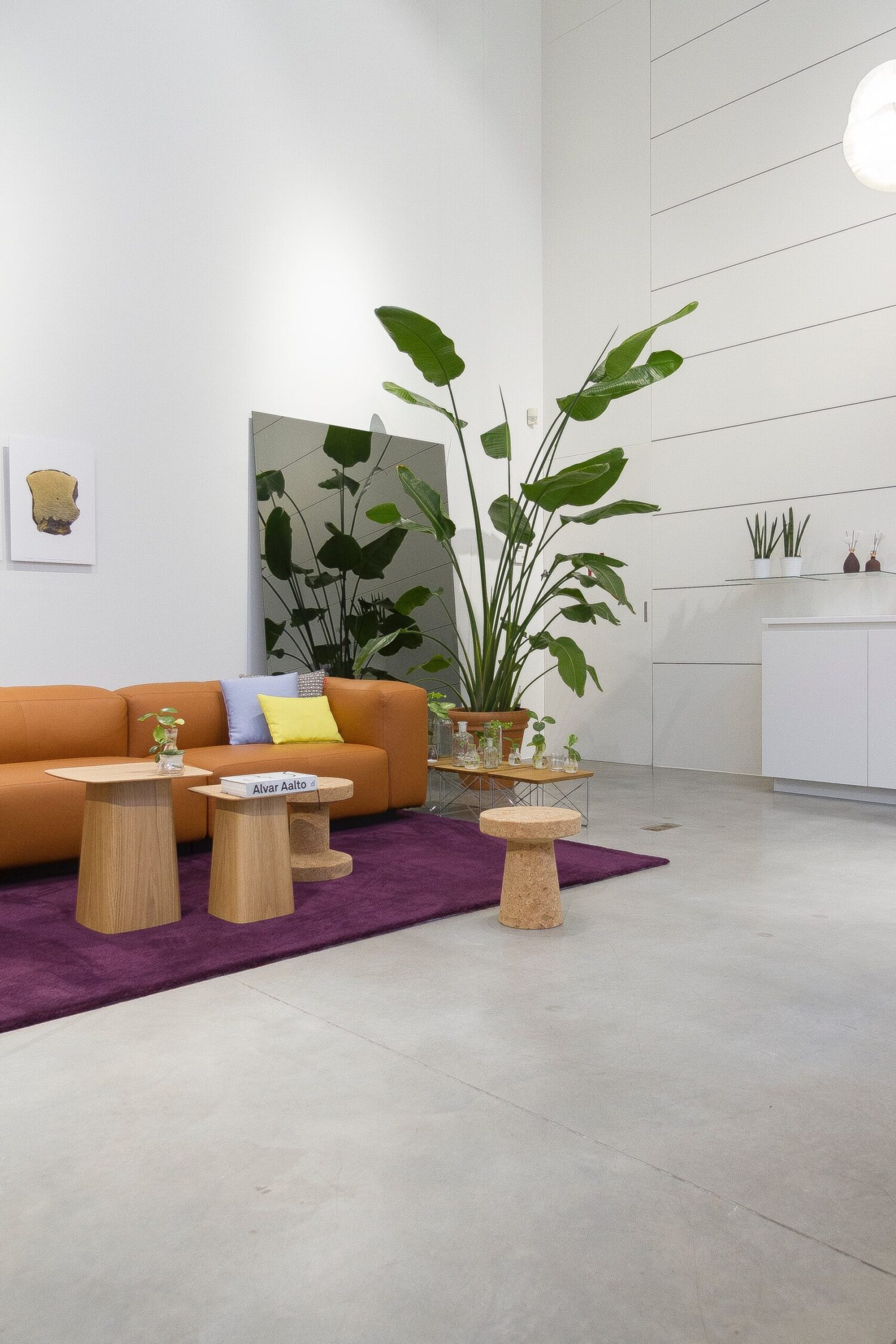
The success of the project is the visual coolness offered by the materials that were chosen during the architectural study and the right choice of colors. Regarding that, we do not advise you to choose only cool shades, but you could apply less saturated colors and soft contrasts even when choosing warm colors. The finish of the painted surfaces should be less matte. When matte textures are applied, make sure to create a balance with other elements that may have a glossy surface. For example, a metal lamp in a glossy texture on a wall balances perfectly with a distressed colored plaster texture.
The lining of walls and floors that have consistency in the surface’s materials and smaller joints, give a diffuse feeling of cleanliness. In this case, it is recommended to choose glossy surfaces, if the design line and architecture allow it.
Prefer organic fabrics for hotel linen
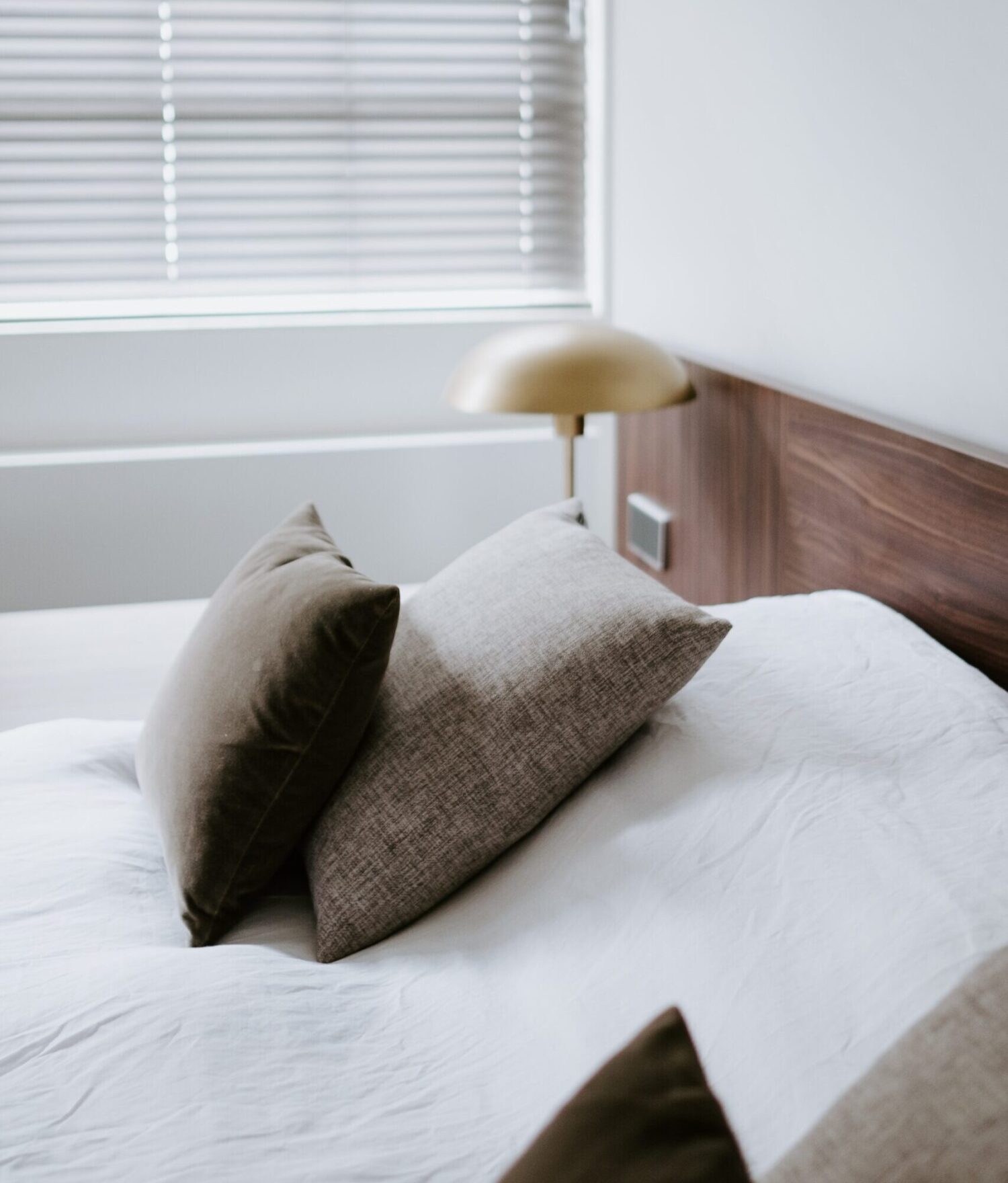
The products with which the body of the guest comes in direct contact, such as the sheets and towels, should be perfectly cleaned and have good quality. It is of great importance to have an organic composition. The wonderful feeling of a soft, fluffy, fragrant towel not only indicates freshness but care as well. The same applies to the upholstery fabrics in the seats or headboards of the beds. The choice of fabric and even the seam of the curtain is also important. The light-textured fabrics in seams allow free movement, give subtle energy to the environment, and a more relaxed feeling.
How to work with Mary Sfyraki:
- Design analysis and implementation of Hotel Concept, at all levels of interior design, either at the level of the renovation of existing spaces or in the construction of buildings from scratch
- Analysis and management of construction and application budget, market research of application materials and mobile elements of indoor and outdoor equipment
- Construction and implementation of architectural study and design
The aroma and the smell of your spaces can help to highlight the feeling of cleanliness with the right choice of materials

The aroma of the space and useful products cannot be excluded from the concept of freshness. The identity of the scent and the mixture of the aromas in space can highlight the visitor’s experience. As strange as it may seem, the lighting also plays a significant role in upscaling the hotel’s spaces. A dimly lit room will never look harmonious, regardless of the advanced design or the fine materials. Indifferent and dark corners, cold and one-dimensional lighting, can undermine the quality of the space, and condemn it to indifferent results that will always give the feeling that “something has not been done right”.
Conclusion
The clean atmosphere and the freshness of the hotel premises are not only connected with the self-evident observance of the rules of self-evident perfect cleanliness, but mainly with the harmonious connection of all the selected elements and with the subconscious message they emit.







